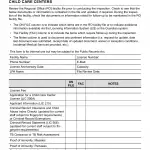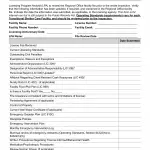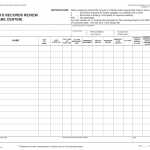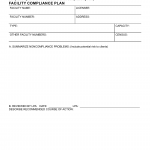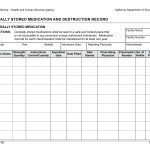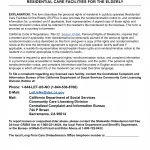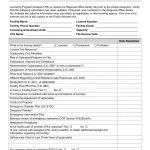LIC 622A - Medication Administration Record
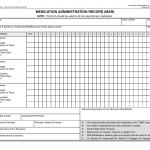
Form LIC 622A is a medication administration record used in licensed facilities in California. The form is completed by authorized staff members responsible for administering medications to residents or participants. It includes information such as the resident's name, medication details (name, dosage, frequency), administration times, and staff signatures verifying medication administration.
